Description
Packet traffic on submarine networks is steadily on the rise and submarine network operators must meet exacting services while optimizing performance. As a result, more and more telecom operators are ramping up their transoceanic fiber networks to improve reliability, performance and bandwidth availability, making comprehensive testing—across the multiple layers of the network—critical.
Laying out new submarine fiber is several times more expensive than terrestrial deployments. Its troubleshooting, repair and upgrade is likewise costly. Telecom operators face the task of running each fiber at its maximum capacity. Therefore, network characterization tests, including end-to-end chromatic dispersion (CD) and polarization mode dispersion (PMD), are essential to guarantee high-speed submarine transmission. What’s more, validation with a next-gen optical spectrum analyzer (OSA), performed during system commissioning, ensures that a single fiber will contain as many dense wavelength-division multiplexing (DWDM) channels as possible, while operating error-free.
Today’s regional and transoceanic network deployments demand powerful, flexible multiservice testing solutions that address SONET/SDH/OTN (up to OC-768/STM-256, OTU4 and OTUCn rates) and Ethernet (10M to 400G) transmissions. Accelerating and simplifying the deployment processes with powerful, intelligent platforms that easily accommodate a variety of optical, transport and datacom modules help overcome these challenges. In addition, capabilities, such as automation, simultaneous and in-service testing, as well as remote management, validate that all the tests performed throughout the lifecycle are accurate, thereby ensuring the cost-efficiency and success for 100G/400G submarine networks.
Verwandte Produkte
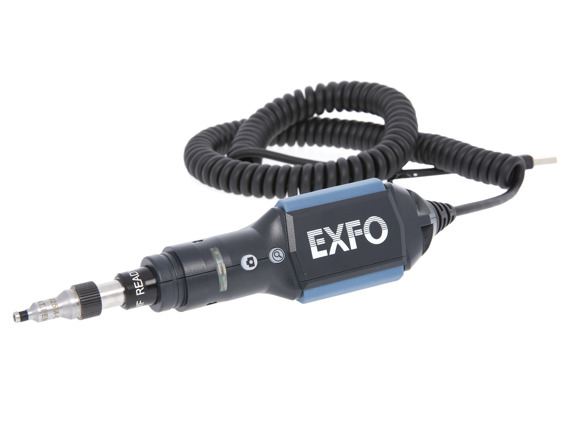
FIP-400B USB
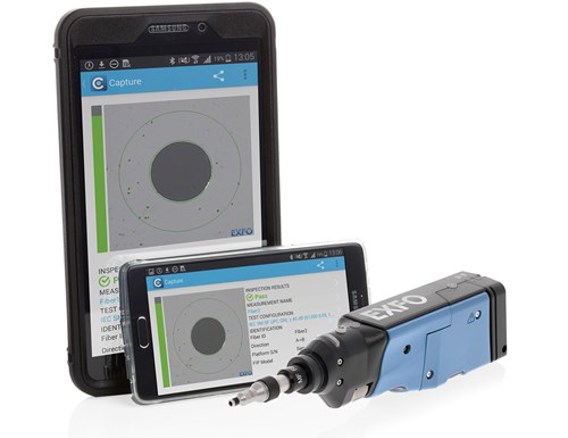
FIP-400B Wireless
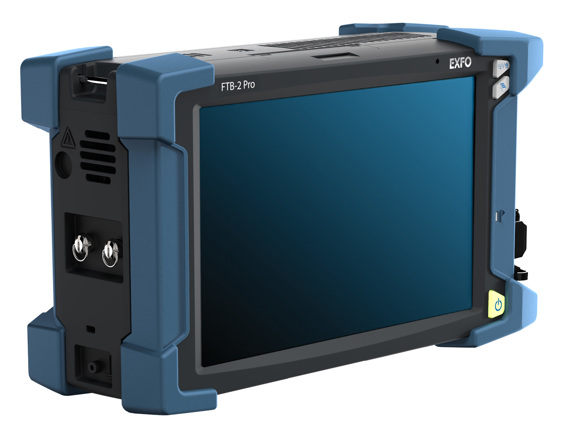
FTB-2-PRO

FTB-4-PRO
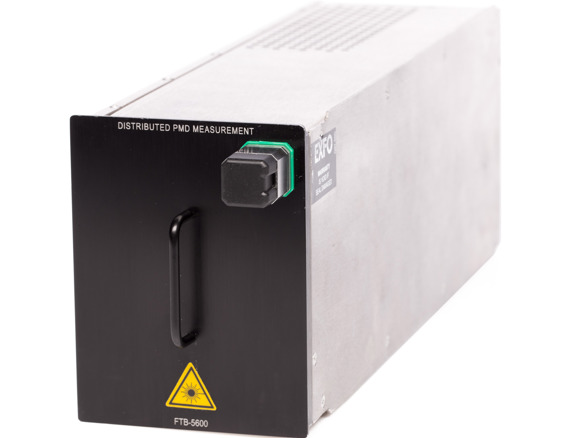
FTB-5600
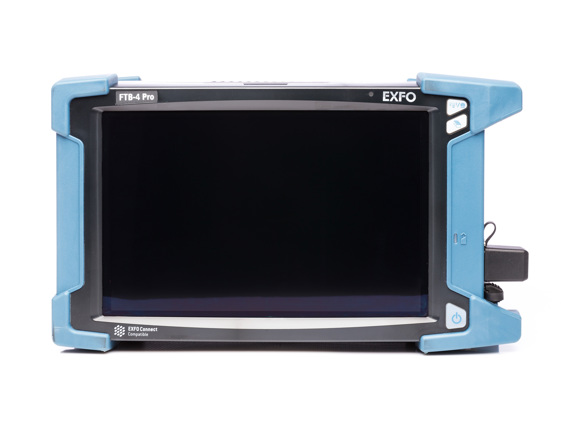
FTBx-5245/5255 Field
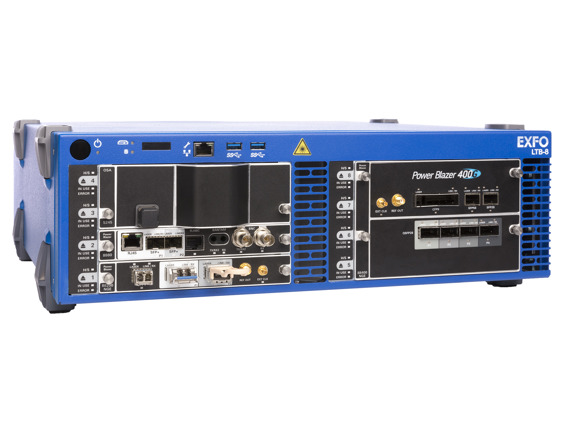
FTBx-5245/5255 Lab
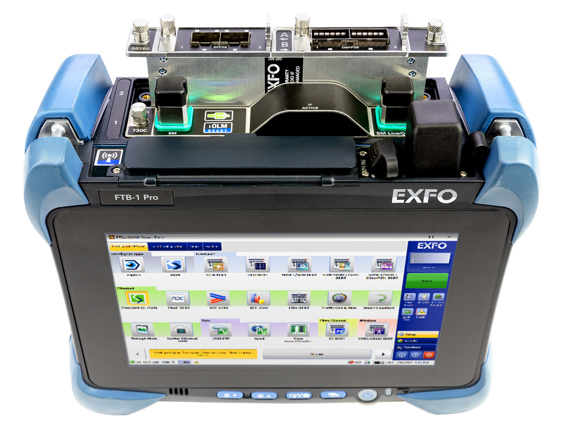
FTBx-88260
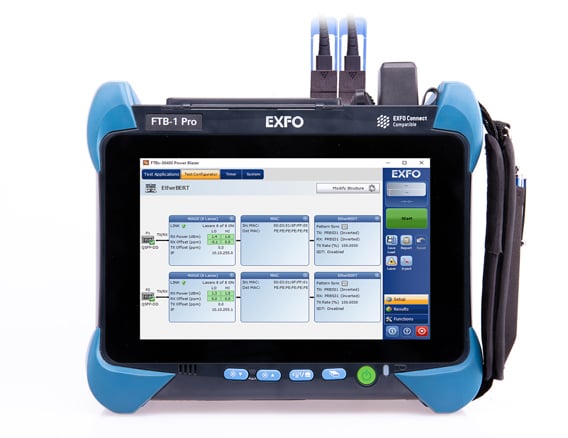
FTBx-88480 Series - Dual-Port-Tester für 1G–400G, bereit für 800G
Kompakte, multiservicefähige Dual-Port-Tests (1G–400G, 400ZR und 400ZR+). Inklusive EXFOs modularem Open Transceiver System (OTS). Per Software-Upgrade auf 800G aufrüstbar.
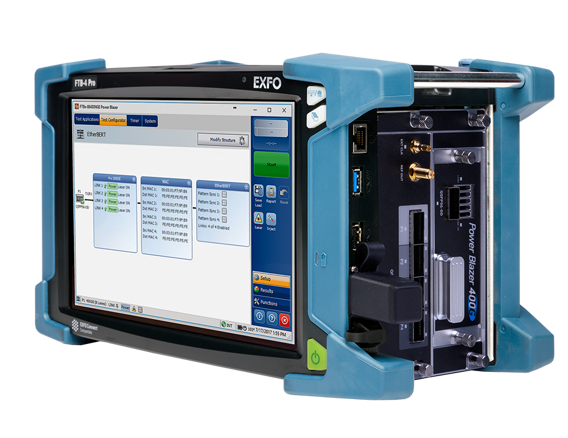
FTBx-88460 Field
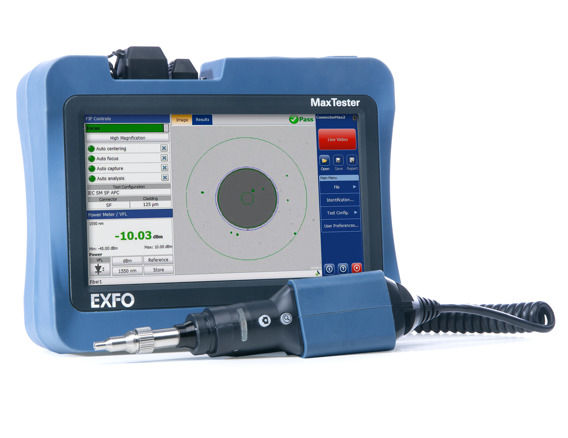
MAX-FIP
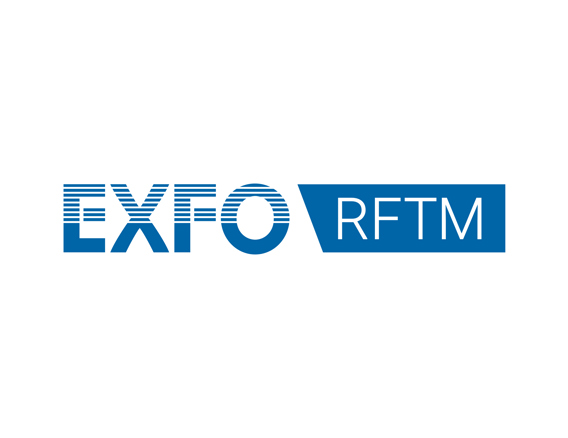
EXFO RFTM - Ferntest und Fernüberwachung von Glasfasern
Intelligente OTDR-basierte Lösung zum Testen und zur Überwachung von Glasfaserstrecken (P2P und PON) von der Installation bis zur Wartung.

